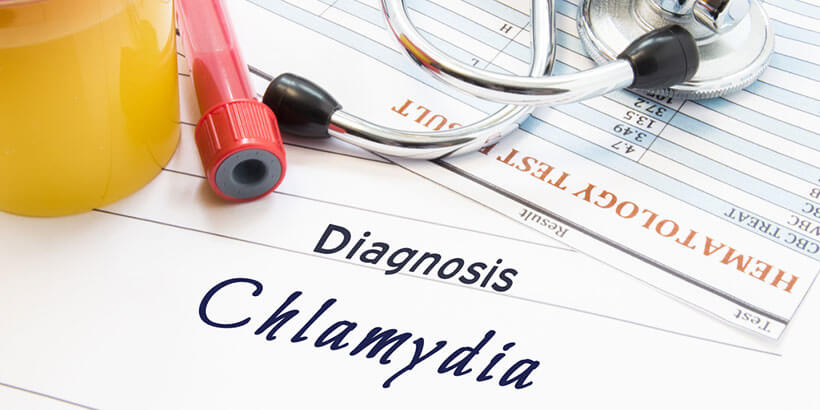Chlamydia is a sexually transmitted infection caused by the bacterium Chlamydia trachomatis, which is an obligate intracellular parasite, meaning it cannot reproduce outside of its host cell, making its reproduction cycle entirely reliant on intracellular resources.
While it is not the most widespread infection, chlamydia is currently the most commonly reported sexually transmitted infection (STI) in the US.

Chlamydia Test Overview
The most commonly performed test uses a procedure called nucleic acid amplification (NAAT). The test is designed to detect the genetic material of the bacteria, so a positive test means the infection is there 99% of the time. The PCR test (polymerase chain reaction) is a good example of the NAAT test. Direct-to-customer companies usually prefer this testing option since it only requires a urine sample.
You can also do a chlamydia culture test, which requires a specimen of body fluid from the eye, urethra, cervix, throat or rectum. This type of test has a longer turnaround time (5-7 days). Your sample is added to certain cells, which are used to grow chlamydia. If the bacteria infects the cells, the result is positive; if no infection occurs, the culture is negative. As you can imagine, the swabs required for this test can be rather uncomfortable and embarrassing, so we sincerely recommend the previous option.
Sample Collection
If you are providing a urine sample for testing, you shouldn’t urinate for at least one hour before the collection. Do not wipe the genital area before urinating and make sure to collect the initial part of the urine stream, immediately as you start urinating.

You can collect your urine sample alone in the privacy of your home, which is not something we can say for direct body fluid sampling from the aforementioned areas. The procedure will have to be done by a doctor or a trained technician and it’s much more uncomfortable and painful.
With cervical direct sampling, a woman shouldn’t use vaginal creams and medicines or douche for 24 hours before the test.
Test Results
If the report states “normal,” it means no chlamydia infection was found. If the potential symptoms persist, you may want to perform other STD tests. If the results are “abnormal,” however, chlamydia DNA or antigens were found or the bacteria grew in the culture.
